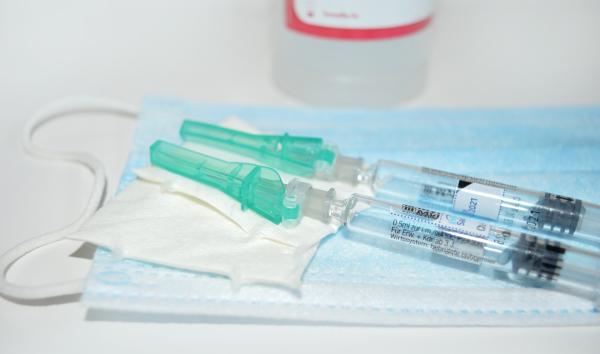The report comes from the CDC by way of JAMA and provides information on the number of anaphylactic reactions during the first week of administration involving roughly 1.8 million doses. The data is very reliable and comes from the long-established Vaccine Adverse Event Reporting System (VAERS). All vaccination sites are required to report adverse effects of any type. Unlike earlier COVID-19 statistics, this information is not ambiguous. Although there is a lag time in data collection, it can be measured in days, not weeks. This data is a month old, and it provides a reasonable picture.
Anaphylaxis is an immune response to an allergen, typically involving only one organ system, what we might think of as the allergic response to pollen. An anaphylactic reaction or shock involves multiple organ systems. It develops quickly, often within a few minutes, with the appearance of a rash, wheezing, trouble breathing, and other symptoms difficult to ignore.
Anaphylaxis is a syndrome, a constellation of symptoms rather than a disease with one distinctive symptom. It is scaled using Brighton criteria, a measure of severity and diagnostic certainty where 1 is the worst, three the least – but the least is bad enough involving those signs and symptoms I mentioned earlier.
There were 21 cases reported to the CDC’s VAERS system in that initial week. That works out to 11.1 cases per million or 0.001%. All of the results pertain to the Pfizer vaccine.
- There were no deaths
- Roughly half had Brighton level 1 symptoms, the worst; the remainder were level 2.
- The most common symptoms were itching, rash, swelling, and a sense of “throat closure.”
- 81% were treated in Emergency Departments – the typical treatment involves the immediate injection of epinephrine delivered at the vaccination center and then supportive care.
- The median time of onset was 13 minutes, although the range was up to two hours. – This points out the absolute need for that 15-30 minute observation period after receiving the vaccination
- Roughly a third had a prior anaphylactic reaction, and 80% had previous allergic reactions to various allergens. Without knowing how many individuals with prior allergic reactions were amongst the unaffected 1.8 million, it is hard to make this more of a concern than the cautions already in place.
- Allergic reactions were experienced by 83 individuals or 0.004% of the total.
I walked away from the article with two take-home thoughts. First, we need to keep that observation period in place and perhaps extend it to 30 minutes for those with a prior history of reactions where we might have elevated concern. Second, for those who would argue that their fear of an anaphylactic reaction to this novel vaccine outweighs the risk, the numbers compared to the hospitalization rate and mortality simply do not support that choice.
Source: Allergic Reactions Including Anaphylaxis After Receipt of the First Dose of Pfizer-BioNTech COVID-19 Vaccine JAMA DOI: 10.1001/jama.2021.0600




